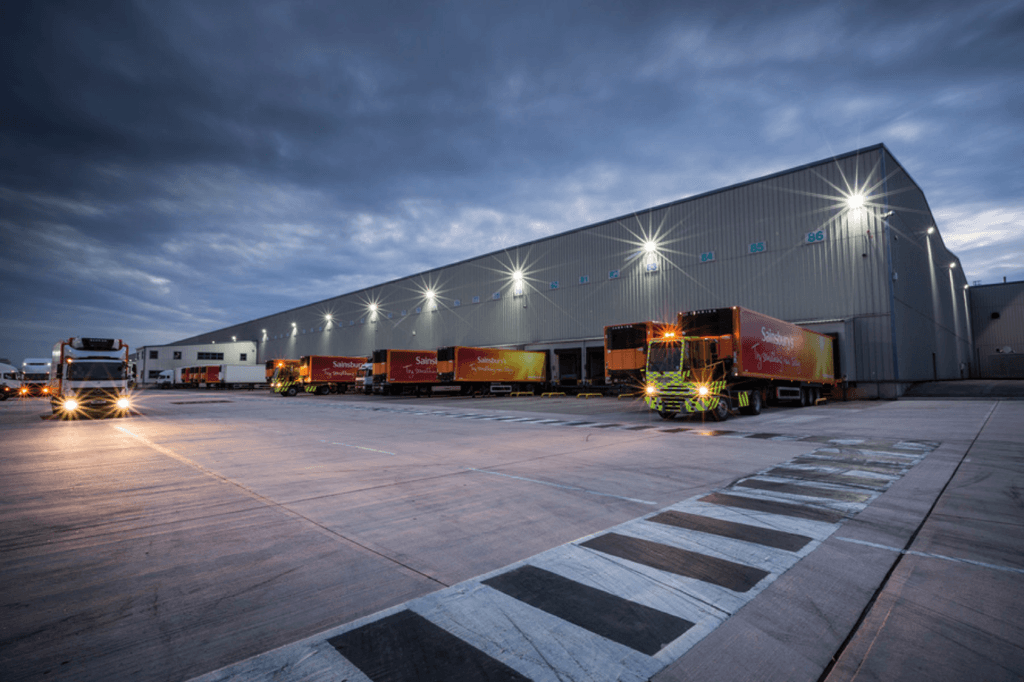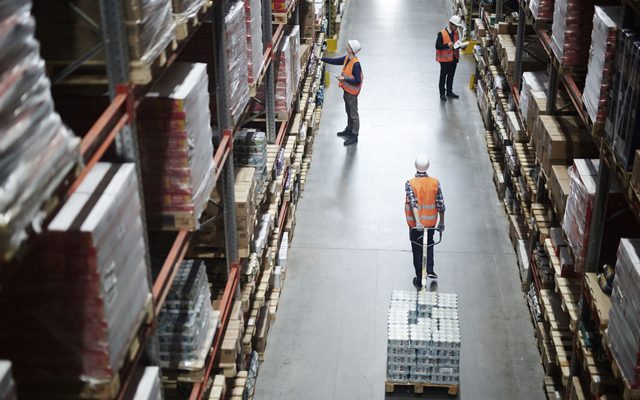This article is from the Australian Property Journal archive
INDUSTRIAL demand is finally cooling off after recording unprecedented capital investment and double-digit rental growth since the onset of the global pandemic.
According to Savills Australia’s latest Shed Briefing Report, warehousing demand driven by the pandemic is showing signs of slowing as companies begin to adopt more cautious approaches to taking on space in the current economy.
In 2024, rental growth rates in the industrial sector are forecast to look more like pre-COVID numbers, in the face of ongoing inflation and the high interest rate environment.
Even with limited new projects due in the sector, vacancy rate forecast for marginal improvements over the new year.
“The trend reflects the structural shift of businesses to focus on supply chain resilience as they aim to streamline inventory stockpiles, mitigate disruptions, and manage costs,” said Katy Dean, head of research at Savills Australia.
“After a sustained upward trajectory, we now see signs that industrial rental growth rates are easing. We are not seeing available space flood the market, but we are starting to see some signs that the pace of activity is gradually decelerating.”
Investment transaction volumes are already reflecting this changing trend, having fallen 24% from the same time in 2022.
Dean noted that this normalisation will roll out in two phases: “with cyclical challenges characterised by prolonged interest rate hikes, persistent inflation, and elevated global risks. Conversely, Australia’s strong population growth and tight labour market conditions counterbalance these broader economic challenges.”
While Michael Wall, national head of industrial & logistics at Savills Australia, added that the rising cost of borrowing is limiting some capital inflows into the sector but the repricing of industrial hasn’t been as dramatic as seen in other commercial sectors.
The report highlights that Australia’s key core industrial markets of Sydney West, Melbourne West, Brisbane Southside, Perth Core and Adelaide’s Inner West average prime net face rents are up by almost 50% on pre-pandemic levels.
Quarterly growth in these core markets average more than 7.2% at their peak in quarter two of 2022.
At just over 1%, quarterly growth today is now at its lowest level in two years, while still sitting above the historical annual average of 2.7%.
“This is a clear indicator that the strong rental growth cycle is over. We expect the pace of growth on new leasing for the next 12 months to align closer to pre-pandemic trends as competitive tension for space eases while decision-making elongates,” added Dean.
Quarterly rental growth in East Coast industrial markets—which account for around 40% of all national industrial stock—was way down on its Q2 2022 peak, from 7% to 1.8% in Q3 2023.
“There’s still some reversionary upside to flow through on leases due to expire,” said Wall.
“Rental growth has outpaced inflation and with indexation levels now forecast to remain elevated, the path to normalisation may take some time to pass through, especially given the still low vacancy rate and delays to leasing activity to 2024.”
Sydney West’s prime net face renal growth has moderated after 11 quarters of growth, which peaked at almost 17% in September 2022, with annual growth now at 19.7%/
In Melbourne West, prime net face rents were up 1.9% for the quarter after eight consecutive quarters of growth.
Of the three core markets, Brisbane Southside saw the strongest rate of growth over the quarter at 3.5% after three quarters of growth.
“This experience in Australia echoes global sentiment, we see the same patterns in international industrial markets after years of heady capital growth and yield compression,” added Wall.
“There has been a slight uptick in the vacancy rates, as decision making on space requirements extends and developers delay new construction starts. Sub-lease space has also started to filter into the market, further elevating vacancy rates.”





